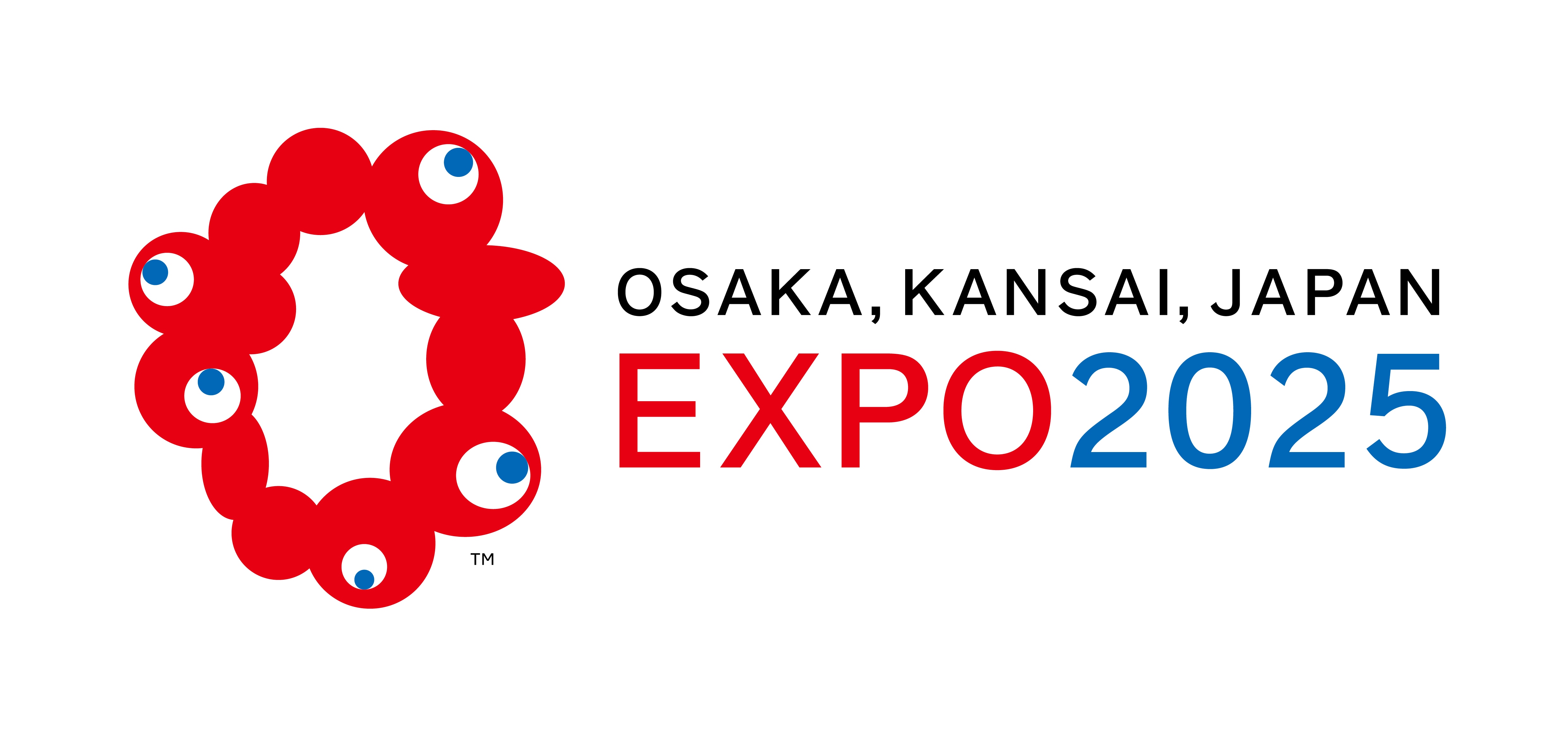“Zero Gravity Art” Capsule, Media Art Created by Industry-Academia Joint Research, Now Exhibiting at Expo 2025

©Expo 2025
Shimadzu Corporation, NT Associates, Inc., and TOPPAN Holdings Inc. have jointly installed a permanent exhibit of the “Zero Gravity Art” capsule, a hands-on media exhibit, at the Expo 2025 Osaka, Kansai, Japan (Expo 2025).
Media Art Originating from Joint Research
The “Zero Gravity Art” consortium, consist of NT Associates, Inc., where Professor Naoko Tosa from the Art Innovation Research Group at the Disaster Prevention Research Institute, Kyoto University has been involved in activities as an artist, TOPPAN Holdings Inc., and Shimadzu Corporation. It is participating in the “Future Life Experience” exhibit in the “Future Life Expo” category within the “Future Society Showcase Projects” at Expo 2025. The three companies have installed a permanent exhibit of the “Zero Gravity Art” media art with the same name as the consortium.


“Zero Gravity Art” Capsule Available for Experiencing at Expo 2025
In 2019, Professor Tosa and TOPPAN Holdings began research intended to create new innovative social value by combining art with cutting-edge technologies. Then in 2022, Professor Tosa and Shimadzu Corporation began joint research on using Shimadzu’s biometric measurement technology to scientifically evaluate the relationship between human creativity and art. Those research results are also exhibited at Expo 2025.
The Zero Gravity Art is art experienced by getting inside a capsule shaped like a hexagonal column. Inside the capsule, the ceiling, floor, and other surfaces are configured from mirror and display panels. The capsule only includes desk space for about one person, but reflections from projected images generate the perception of an infinitely large space.

Professor Tosa’s video art “Sound of Ikebana*” is displayed for six minutes as the sound of a heartbeat is played. The video was recorded in a microgravity environment created using aircraft. Captured using a high-speed video camera with a 1/2000 second shutter speed, it shows a vibrantly colored liquid jumping upward with various colors merging in a “weightless” state as an acoustic vibration is applied. The capsule is filled with continuous video images of the erratic liquid movements, which evoke a sensation of floating in the person experiencing the exhibit.
* Ikebana is a traditional Japanese art of flower arrangement.
Entering an Era of Utilizing the Power of Art

Program-Specific Professor Naoko Tosa from the Research Center for Disaster Reduction Systems, Disaster Prevention Research Institute, Kyoto University
Professor Tosa described the “Zero Gravity Art” capsule and future research as follows.
The “Zero Gravity Art” project is based on the concept of our fetal memory of listening to the heartbeat of our mother as we floated in amniotic fluid. Hopefully, experiencing that floating sensation at Expo 2025 will evoke a feeling of the birth and future of life.
I have a strong interest in how art affects the human mind. The joint research with Shimadzu Corporation was started in 2022 to scientifically measure what happens in the human brain when a person recognizes a sensation of floating or a feeling of security after experiencing the artwork, or when the artwork is sensed as something beautiful or moving.
The feeling evoked by a particular painting, for example, is also affected by how well the viewer is feeling at the time. In the future, we intend to conversely create art that can be used to proactively change the mental state of those who experience it. Furthermore, we hope to produce art that is ideally suited to the mental and physical state of each individual. Zero Gravity Art capsule signifies the beginning of an era when the power of art can be utilized.
This video message of Professor Tosa was recorded when the SHIMADZU Future Collaboratory was opened in 2022.
The “Sound of Ikebana” was shown on a 330-inch display located at the entrance of that laboratory. (This video was made in Japanese.)
Shimadzu is Involved in Measuring Sensory and Brain Functions
The aim of the Brain and Five Senses Technology Unit at Shimadzu’s Technology Research Laboratory is to offer solutions for objectively evaluating human responses to a wide variety of experiences using near-infrared spectroscopy (NIRS), multi-device biometrics system (HuME), or other biometric measurement technologies.

The “Zero Gravity Art” Capsule is shown under construction toward the back of the photo
Shown from the left are Specially-Appointed Professor Ryohei Nakatsu and Program-Specific Professor Naoko Tosa from the Kyoto University Disaster Prevention Research Institute, and Group Manager Masafumi Furuta and General Manager Tatsuya Munaka from the Brain and Five Senses Technology Unit, Technology Research Laboratory
Because subjective human experiences, like art appreciation, are affected by the physical and mental state of the person and their preferences, they are extremely difficult to analyze scientifically. Consequently, they are currently analyzed mainly using survey response data. In the joint research with Professor Tosa’s group, results from analyzing brain waves measured while viewing art indicate elevated activity levels of both alpha and beta waves. In other words, the results suggest that people who view art are in a nearly meditative state while being relaxed and highly focused.


The optical brain-function imaging system, specially designed for Expo 2025, was created by the personnel from the Analytical & Measuring Instruments Division, Corporate Product Design Center, and Sales & Marketing Division
When a Shimadzu near-infrared spectrometer (NIRS) optical brain- function imaging system is worn and used to measure brain blood flow while experiencing the “Zero Gravity Art” capsule installation at Expo 2025, the video scenes that resulted in the greatest response can be determined by mapping the brain activity. The simplified NIRS system used at Expo 2025 was configured with special specifications that make it easier for onsite operators to wear and operate the device.

NIRS Systems can map brain activity (right) and the brain responses (Left) to the scenes shown
The “Zero Gravity Art” capsule will be exhibited throughout the entire Expo 2025 period, from April 13 (Sun) to October 13 (Mon), 2025.
 Page Title and URL Copied.
Page Title and URL Copied.


